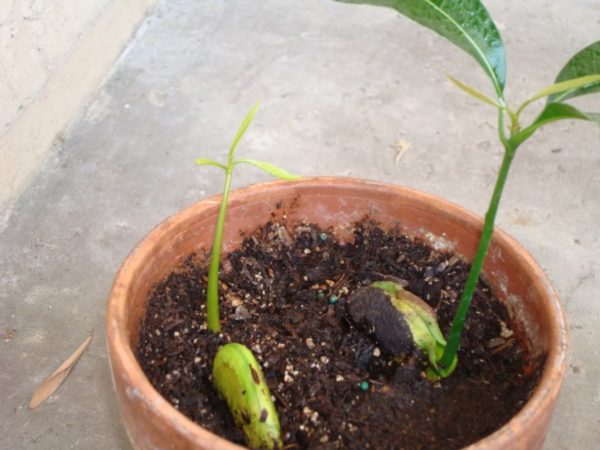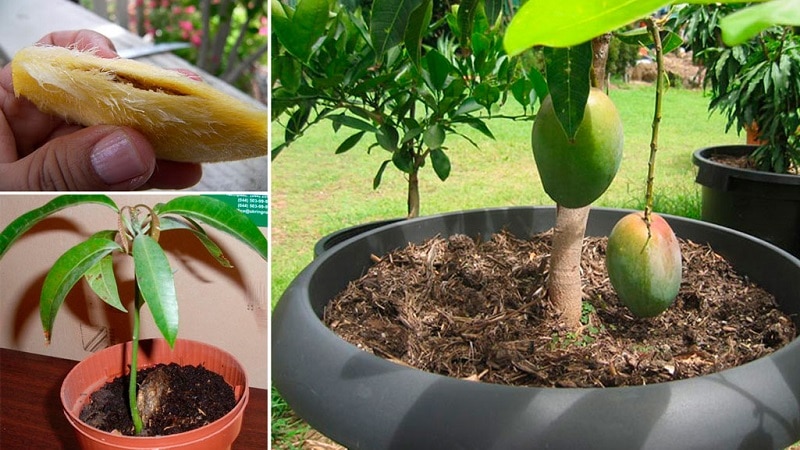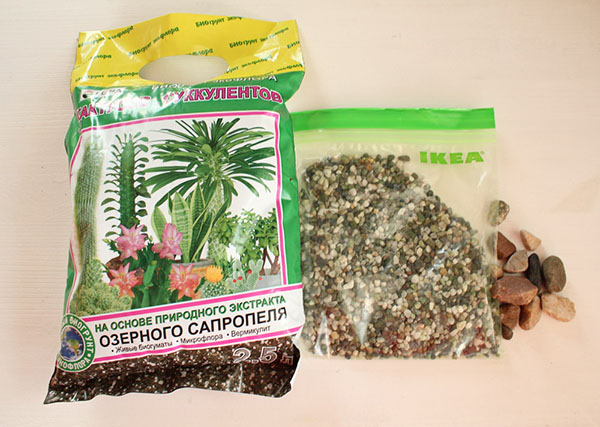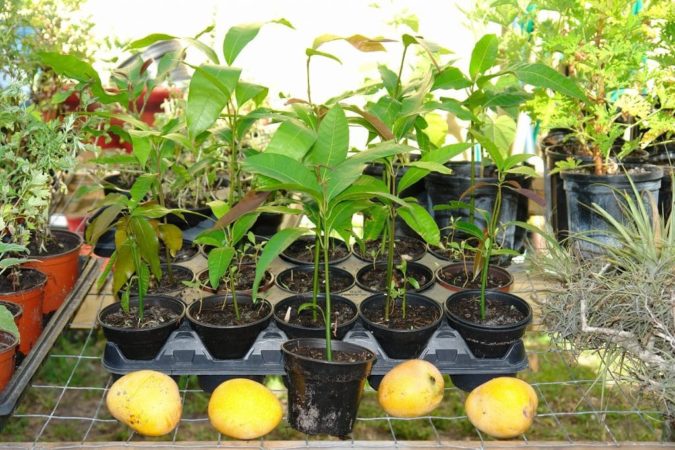Selecting soil for mangoes at home
Juicy mango fruits, rich in vitamins, proteins and essential oils, are an excellent addition to the diet of children, women and men. The fruit is rich in vitamins A, C and B6, which support vision and strengthen the immune system.
In our country, mangoes are considered exotic crops and are rarely grown at home. In this article we will talk about how to prepare the soil for mangoes at home and how to fertilize the plant.
Suitable conditions for growing mangoes

Mango trees (Mangifera indica L.) are cultivated mainly in African countries. There, the sweet fruits are widely eaten and also grown for sale. The fruit is good both fresh and processed - juices, jams, dried fruits, chutneys, etc. are made from it.
Before you start mango growing, you should make sure that there are suitable conditions for the seedling:
- space – the mango tree requires enough space to grow and develop;
- sunlight and warmth - like any tropical fruit, the royal fruit is a light- and heat-loving plant;
- fertile soil - trees are demanding on the composition and acidity of the soil.
We'll tell you more about what kind of soil to plant in. mango.
Soil requirements

There are 4 main points that you should pay attention to when preparing the soil:
- Planting depth. Mangoes have long taproots that seek water and anchor the massive tree in the ground.Therefore, even when growing at home, the plant is provided with a container of sufficient size and depth.
- Drainage. Mango does not tolerate standing water and waterlogged soil. Excessive dampness causes root rot and tree wilting.
- Acidity. For successful growth of mangoes, soil with a pH value of 4.5 to 7.0 (neutral or acidic) is suitable. The tree grows well in slightly alkaline soil. To accurately determine acidity at home, special kits are used.
- Fertility. The mango tree prefers fertile soil and does not tolerate salty soils. Therefore, when growing it, do not use chemical fertilizers containing large amounts of salts.
Preparing the composition at home
Ready-made store-bought soil mixtures for succulents and cacti are suitable for growing a mango tree at home.. If the finished soil turns out to be too dense, it is mixed with perlite in a 2:1 ratio.

You can make the mixture yourself. The simplest option is to combine equal parts of garden soil, organic mulch and sand. It is good to add wood ash to this mixture (1 tbsp per 1.5 kg of soil).
Another option is to mix coconut substrate, peat and perlite in equal proportions.
Once you have decided what soil to plant mangoes in, test the soil for acidity. This is done using litmus paper or a special device for measuring acidity.
Requirements for containers

When planting mangoes, special attention is paid to the choice of container. The root system of this plant is taprooted and penetrates deep into the soil. Therefore, the most suitable container would be a deep, strong pot that can withstand the pressure of a powerful root.
The container is filled 1/3 with medium or fine drainage.. A layer of prepared soil is poured on top, not reaching 2-3 cm to the top of the pot.
Landing
Immediately before planting, a single dose of fertilizer for palm trees or cacti is applied to the soil. It is optimal to use a liquid mixture as a top dressing, pour it into a container with soil and mix well.
Now everything is ready to plant the sprouted seed. Make a hole in the center of the container and place the seed in it, completely burying both shoots. The top of the pot is covered with film or a large-diameter plastic bottle to create a greenhouse effect.
Care after landing

Caring for mangoes after planting consists of timely moistening and loosening the soil, replanting as they grow, and applying fertilizers.
Water the plant infrequently, but abundantly, soaking the soil to the entire depth of the pot. It is important to prevent waterlogging of the soil and rotting of the roots. When caring for an adult plant, watering is stopped 2 months before flowering and resumed after fruit formation.
The root system of the plant grows quickly, therefore, to ensure full development, the mango tree is replanted once a year in the spring, gradually increasing the volume of the pot.
This is interesting:
What is the calorie content of mango and what are its benefits and harms?
How to store mangoes at home so they don't spoil
How to determine the degree of ripeness of a mango and ripen the fruit at home
Fertilizer application

Ready-made nutrient mixtures for palm trees and oleanders are used as fertilizer for mangoes. Fertilizing is applied once every 3-4 weeks in accordance with the instructions for the drug.
Fruit trees grown at home can do without fertilizers, but in this case their growth, flowering and fruiting will be very modest. Without additional nutrition, it is often impossible to achieve even flowering, let alone fruit set.
Important! The main element that mangoes constantly require, even during the flowering period, is nitrogen, so fertilizers must contain it in sufficient quantities.
It is especially important to additionally fertilize plants during the period of active growth - in spring and summer.
Conclusion
Growing a fruit-bearing mango tree at home is not an easy task and requires patience and certain knowledge. The tree must be provided with suitable soil, as well as timely watering, replanting and fertilizing.
But even if you fail to achieve fruiting, you will get an elegant ornamental plant, the crown of which can be trimmed and shaped as you wish.